Optimal Timing for Graffiti Removal
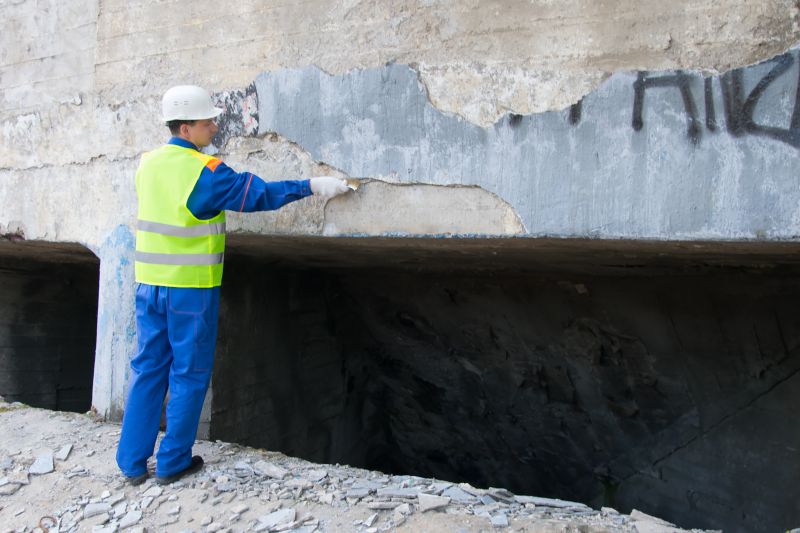
Images showcasing graffiti removal in cityscapes with varying lighting conditions.
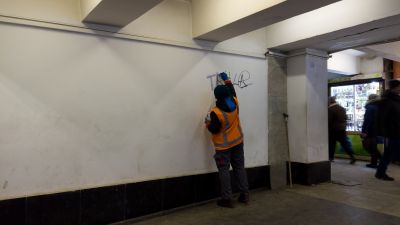
Photos demonstrating graffiti removal during daytime for optimal visibility.
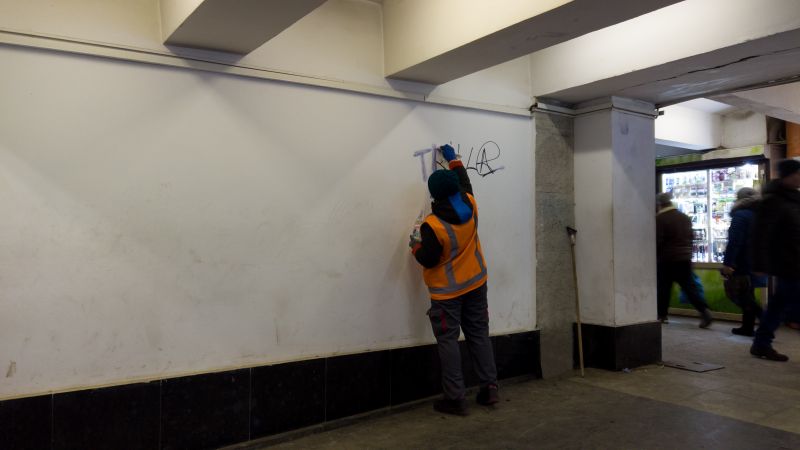
Images of graffiti being removed under nighttime conditions with appropriate lighting.

Ways to make Graffiti Removals work in tight or awkward layouts.

Popular materials for Graffiti Removals and why they hold up over time.

Simple add-ons that improve Graffiti Removals without blowing the budget.

High-end options that actually feel worth it for Graffiti Removals.

Finishes and colors that play nicely with Graffiti Removals.
Graffiti removal effectiveness depends heavily on timing. The optimal period for removal is typically soon after the graffiti appears, ideally within 24 to 48 hours. Prompt action prevents the paint from setting deeply into porous surfaces, making cleaning easier and more effective. Weather conditions also influence timing; dry, mild days are preferable, as moisture and extreme temperatures can hinder removal processes.
Ideal removal conditions include dry weather with moderate temperatures to facilitate effective cleaning.
Porous surfaces like brick or concrete absorb graffiti quickly, requiring faster removal to prevent permanent staining.
Latex-based graffiti is easier to remove shortly after application, whereas oil-based paints may require specialized techniques.
Timely removal reduces the need for harsh chemicals and extensive cleaning efforts.

Image showing graffiti on a brick wall before removal.
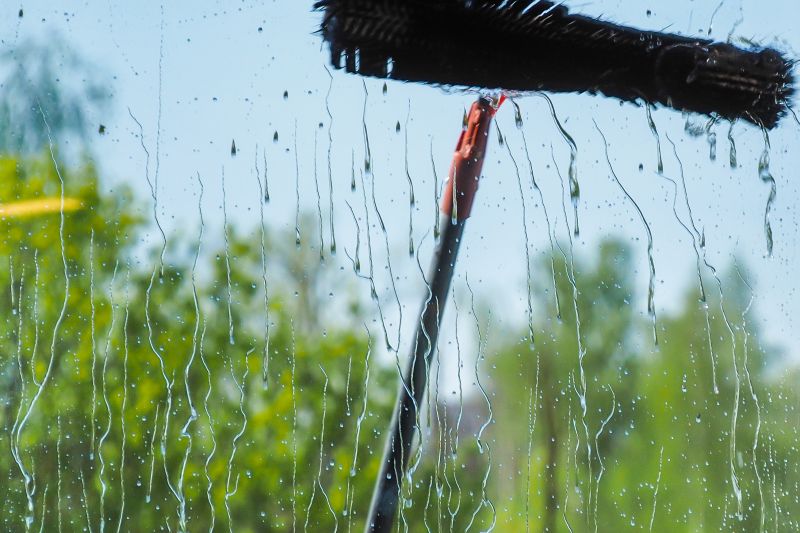
Image of graffiti being cleaned with appropriate tools.
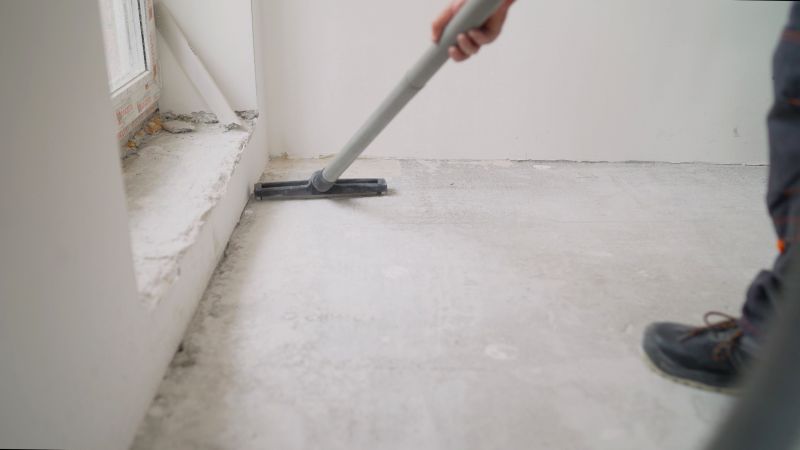
Clean surface after graffiti removal, highlighting the effectiveness.

Graffiti being removed during nighttime with proper lighting.
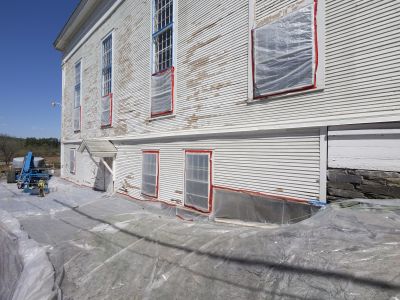
Removal process during daylight hours.
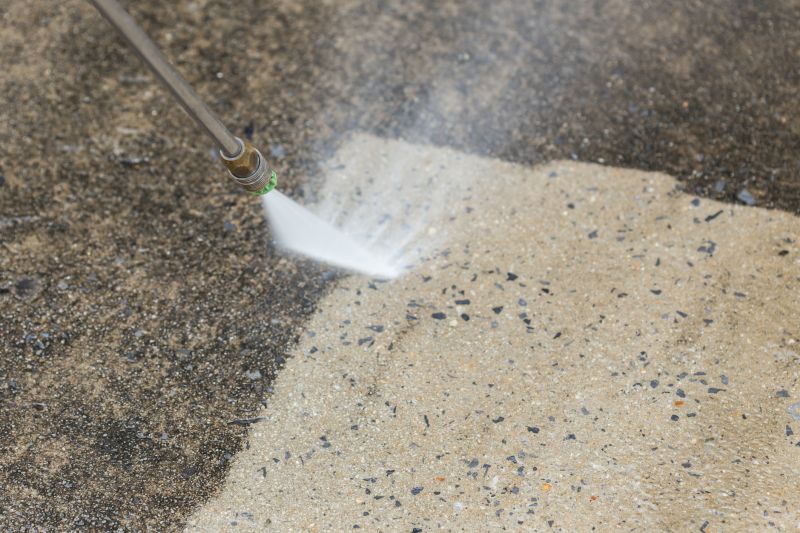
Focus on porous surfaces like concrete during removal.
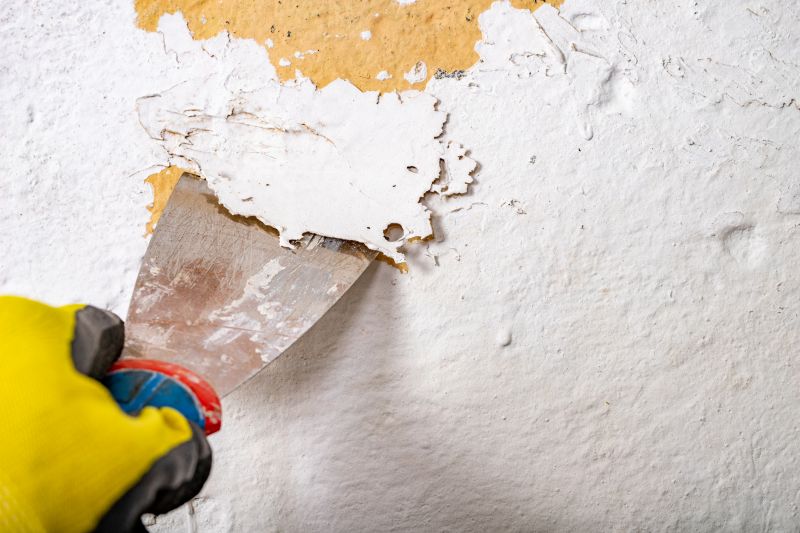
Using specialized techniques for oil-based graffiti.

Images of tools and chemicals used in graffiti removal.
| Factor | Optimal Timing |
|---|---|
| Weather Conditions | Dry, mild days are best |
| Graffiti Age | Within 24-48 hours of application |
| Surface Type | Porous surfaces require quicker action |
| Paint Type | Latex-based graffiti easier to remove early |
| Temperature | Moderate temperatures facilitate removal |
| Humidity | Low humidity preferred for effective cleaning |
| Lighting Conditions | Daylight or well-lit conditions improve visibility |
Timely graffiti removal minimizes damage to surfaces and reduces long-term cleaning costs. Immediate action also prevents the graffiti from becoming a permanent part of the surface, especially in high-traffic or visible areas. Proper planning and quick response are essential for maintaining the aesthetic and integrity of urban environments.
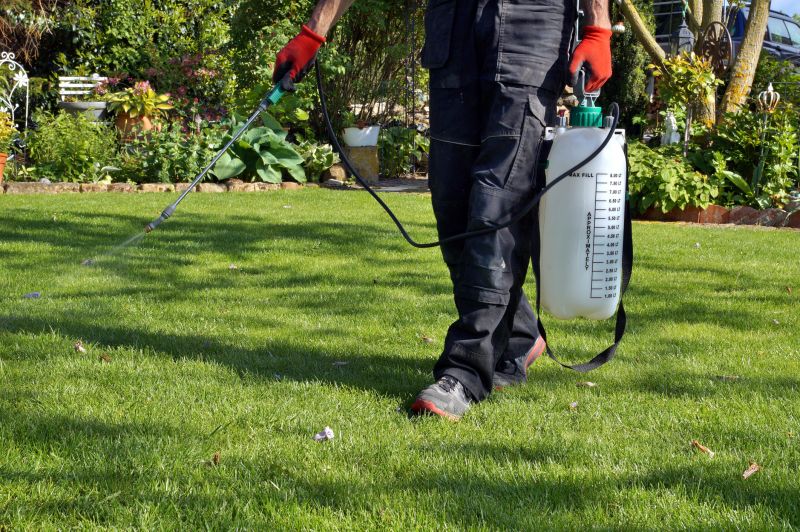
Images of spray guns, brushes, and cleaning agents used in removal.
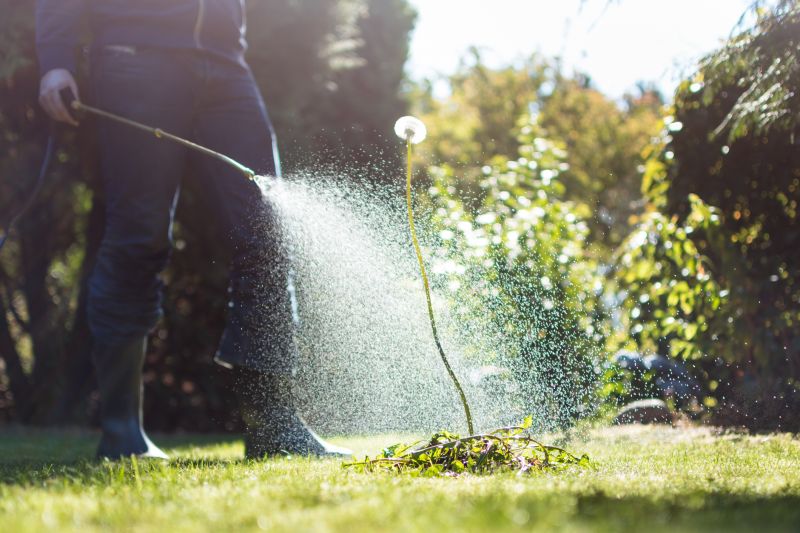
Applying graffiti removal chemicals to affected surfaces.

Cleaned surface demonstrating successful removal.
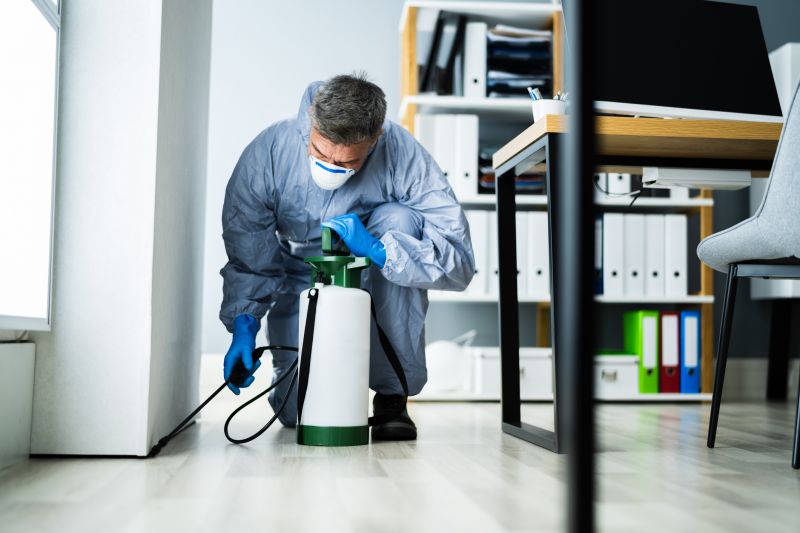
Technicians using safety equipment for effective cleaning.
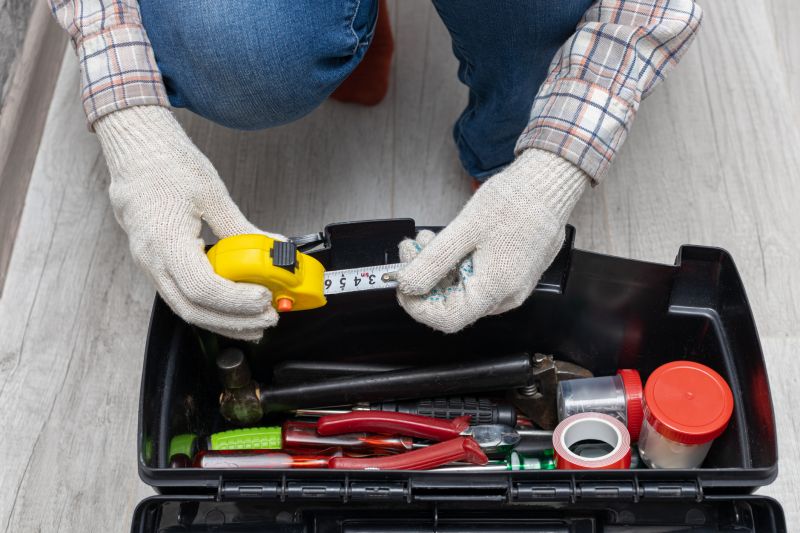
Little measurements that prevent headaches on Graffiti Removals day.

A 60-second routine that keeps Graffiti Removals looking new.
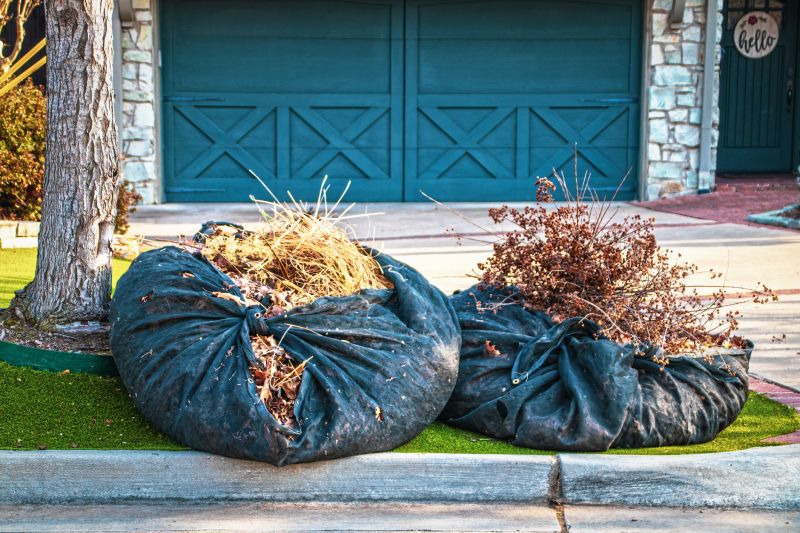
A frequent mistake in Graffiti Removals and how to dodge it.

Small tweaks to make Graffiti Removals safer and easier to use.
For optimal results, graffiti removal should be scheduled promptly after detection. Delays can lead to increased difficulty, requiring more aggressive methods and potentially damaging the surface. Proper timing ensures efficient cleaning, reduces chemical use, and preserves the surface’s appearance.
Interested parties are encouraged to contact for more information on graffiti removal services and scheduling options. Prompt action can significantly improve the outcome and longevity of surface cleanliness.



